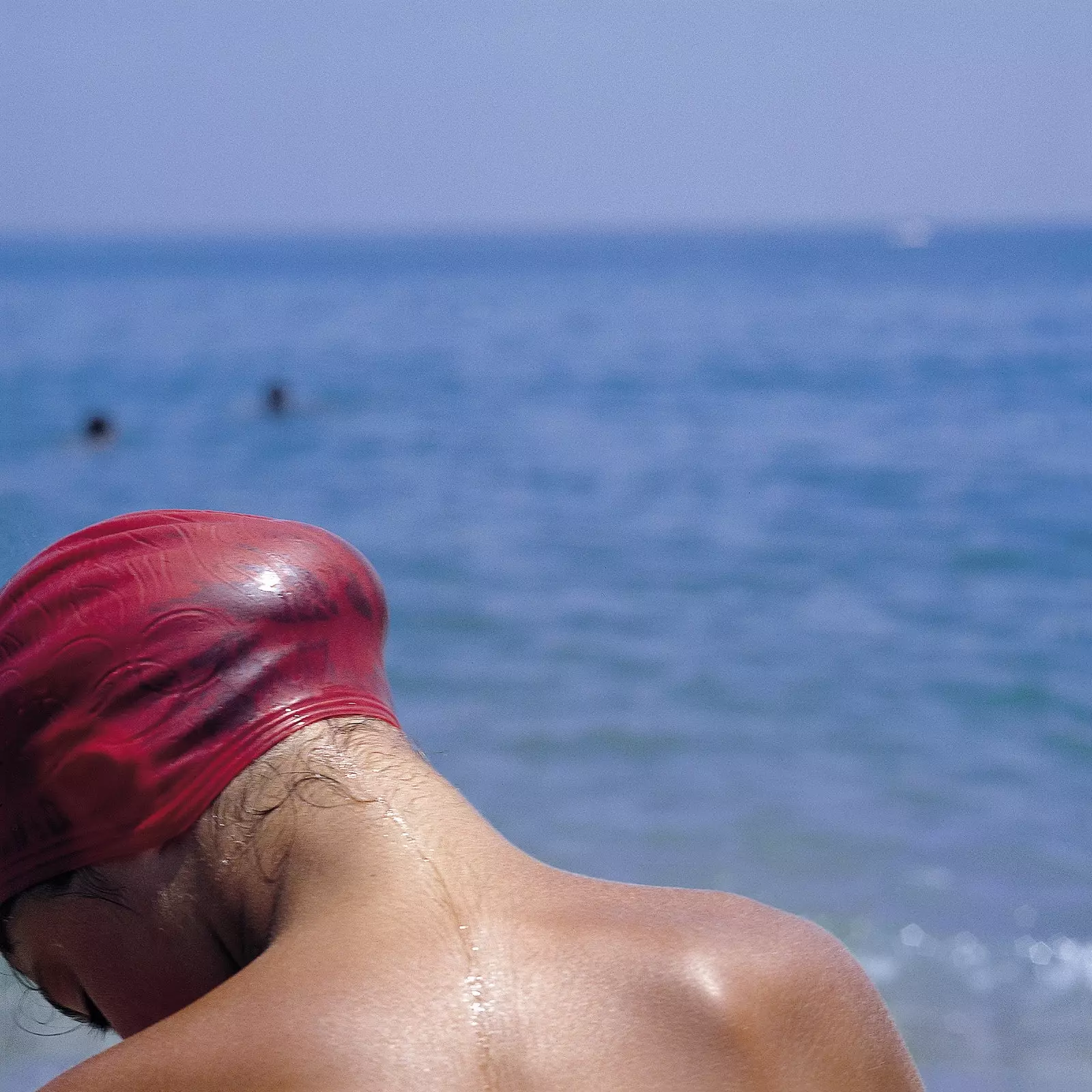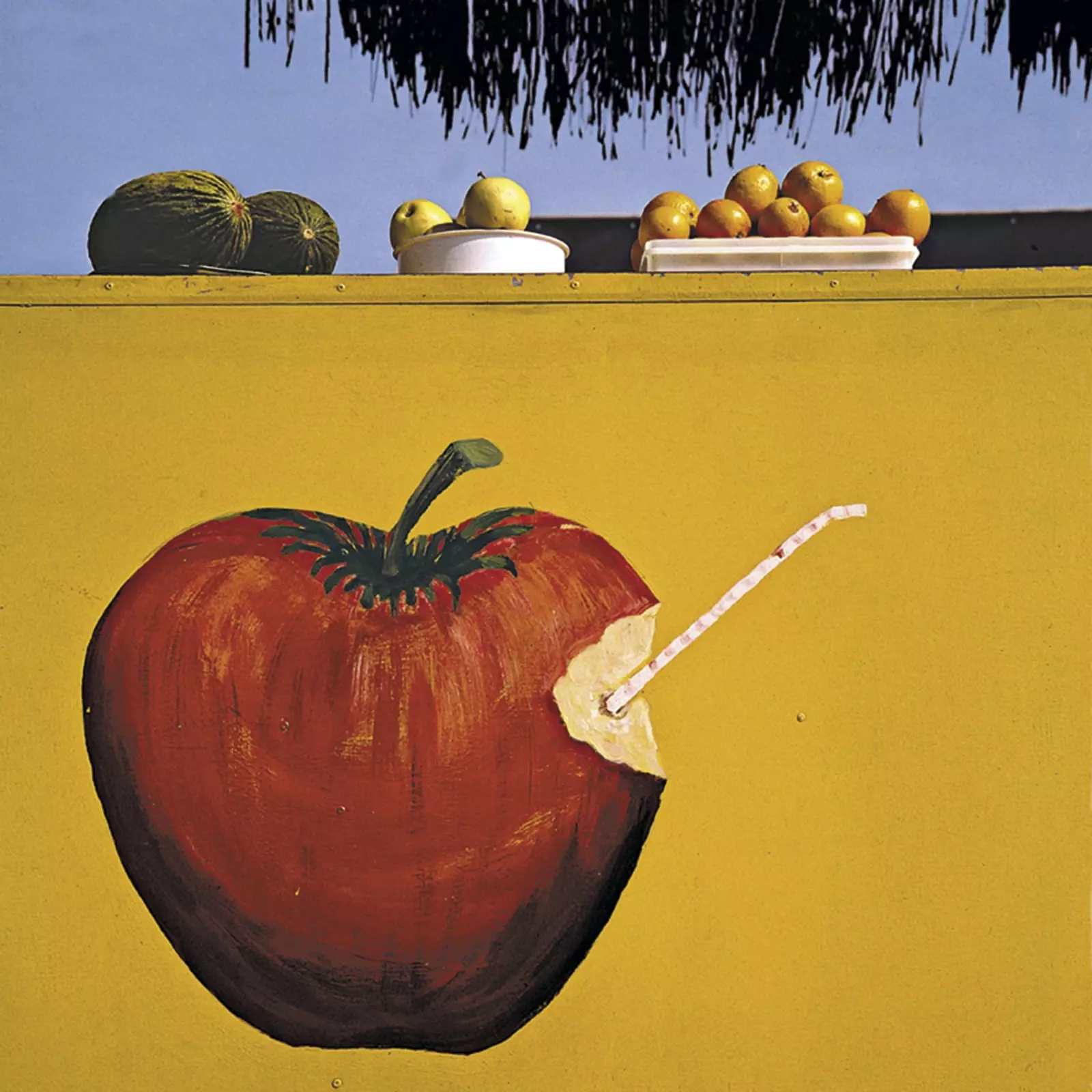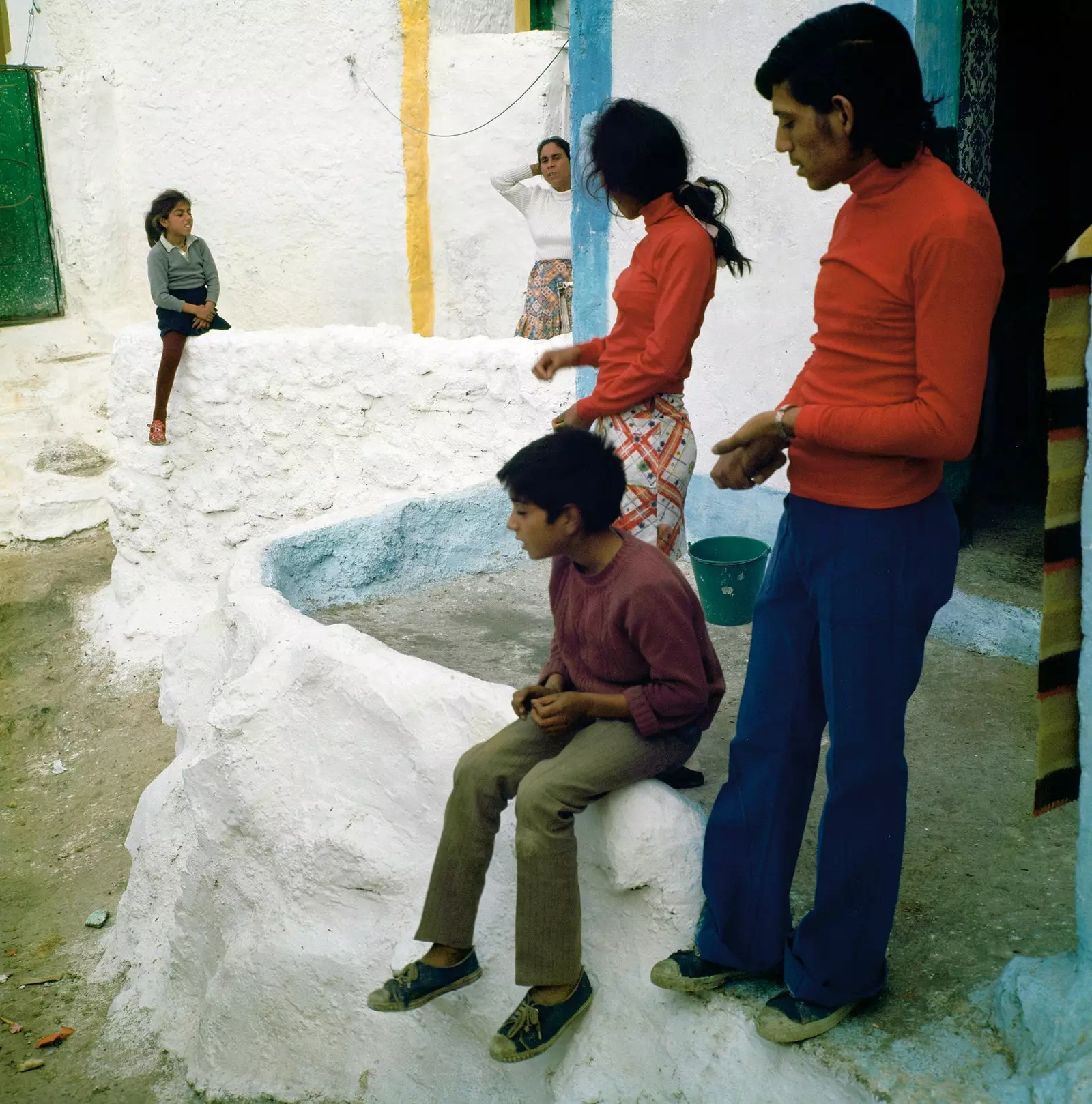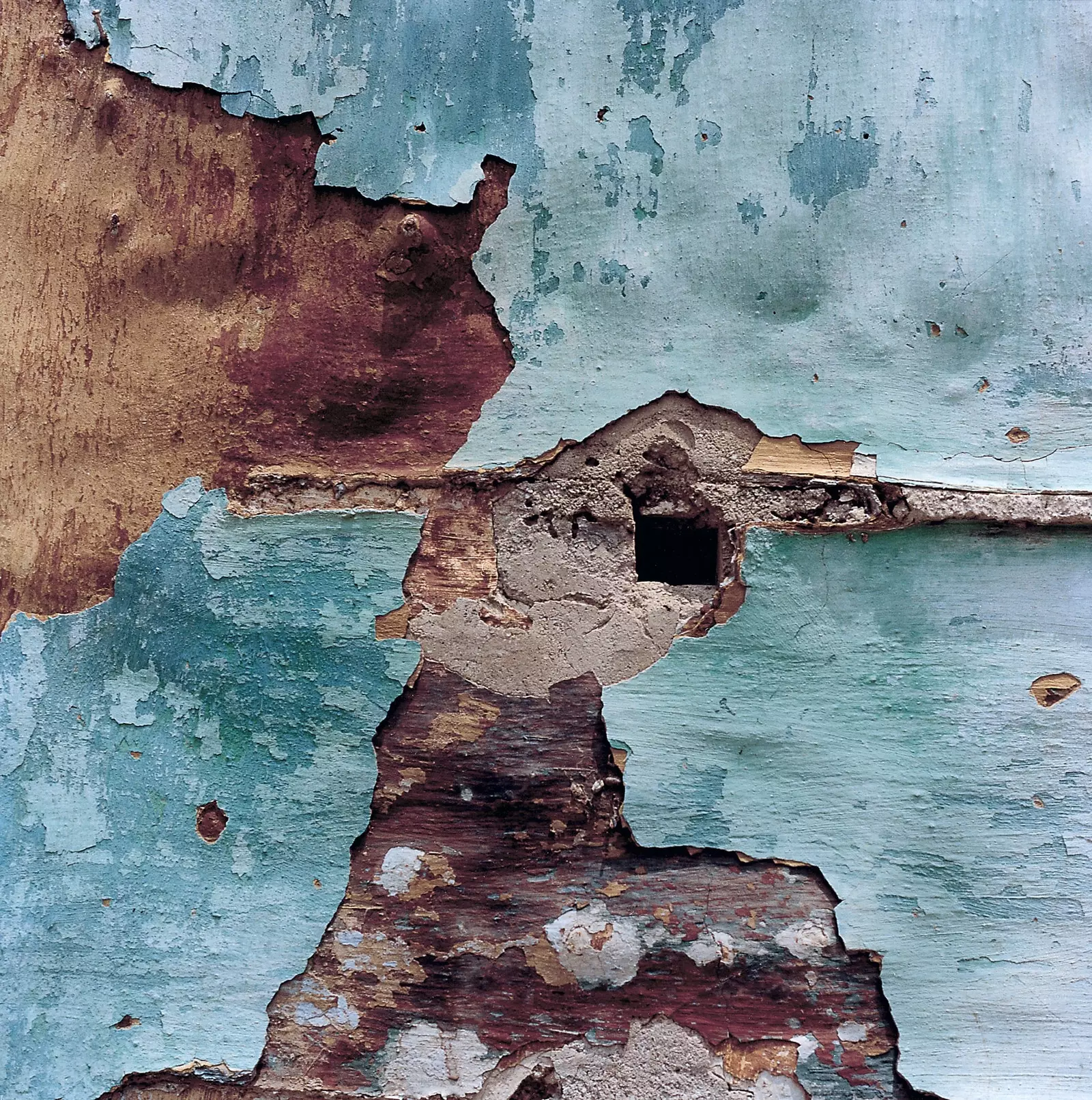If you can't go to the beach this August, visit it hand in hand with the exposition of the photographer Carlos Pérez Siquier (1930-2021) in Madrid. Throughout his professional career more than fifty years Pérez Siquier went through different stages. One of the most striking was the one that composes the series of 'The beach' , in which he manages to see and create art where there apparently isn't any.
A naked man from behind , sunbathing fully tanned. Even his testicles are brown. Frames to brightly colored swimsuits with polka dots or tacky drawings, which cover the bodies of fat women.
Another man stretching the legs on a towel with a slip , offering the ass to those who pass by. A woman fully made up As if she were going to attend a gala, she rests on the beach in Almería.
These are some of the photographs of Carlos Pérez Siquier in Madrid that can be appreciated until August 28 at the Mapfre Foundation.
One of the most important and original photographers of the 20th century in our country that stood out for shoot those banal places that no one else appreciated.

Roquetas de Mar, 1973.
IRONY AND HUMOR
As Carlos Gollonet, one of the exhibition's curators, says, " seeing people lying on the beach is not a topic that can be interesting a priori . However, from there he manages to create a very powerful work”.
An interest he gets thanks to irony and humor that emerge from the photographs of him. Non-canonical bodies, close-ups looking for different frames and very bright colors are the three pillars of it.
But not used photography to laugh at people, but how I play . Also as a complaint. Almería in the 70s, when these snapshots were taken , began to be invaded by tourism. Something that helped her develop, but also meant the end of an era.
Therefore, explains Carlos Gollonet, “ it's a kind of revenge to those people who were invading those spaces and destroying them. But it also shows that reality that was lived. Most women went to the beach like this. It was the panorama that was seen on the coast of Spain”.

Marbella, 1983.
All of them also stand out for some very bright colors , since they were made in the light of noon, with a very powerful sun . “Take advantage of that strength of the Almería sun, which bathed everything. These types of photos might not have looked so good in a northern country, ”he says.
Also, does not use in none zoom, no flash, no light meter , so you had to get very close to perform them. Some close-ups that are made at just over a meter and that demonstrate the great mental agility that he had to get those frames.
FROM SOCIAL DENOUNCEMENT TO POP PHOTOGRAPHY
Carlos Pérez Siquier did not start out making these types of photographs. The beginnings of it go back to a more social , when in the 1950s, in the Almería neighborhood of La Chanca, he began to shoot in black and white. Some snapshots of complaint that showed poverty who lived in the area.
Keep in mind that in that decade, in this province there was no airport or university or anything. Y, the chanca especially, it was a very poor area.
in that decade he founded the AFAL movement , in which brings together all photographers important figures of the Spanish era, such as Ramón Masats, Joan Colom or Xavier Miserach, and became the catalyst for photography at that time.

La Chanca, Almeria, 1965.
Later he goes from black and white to color. Y his work becomes more abstract . As the curator of the exhibition recalls, a fact that is innovative and that goes ahead of any artistic movement in Spain and worldwide.
“In those years he began to work in color, which is not that it was not used, but It was used for advertising. Not for fine art photography . The first color snapshot to be exhibited in the MoMA museum is in 1976, and he started in color in the early 1960s,” he says.
This route can be seen in the exhibition, as well as his turn towards pop, starting with the series of 'The beach' and that will have its peak in 'Trampas para uncautos'.
Some snapshots closer to contemporary painting. In them, he gets Give a touch kitsch to some spaces-in principle-horrible . "Perhaps he did not do it consciously, but rather it forms part of his artistic evolution", explains Carlos Gollonet.
Thus, Carlos Pérez Siquier get spark anywhere . Even unpleasant spaces become authentic works of art after framing him. He has that ability. see the real world and capture moments that would go unnoticed by others.

S/T 1965.
AN ARTIST TO REVINDICATE
For all this, the photographer is an artist to claim . The best known photographs of him are those of 'La Chanca' in black and white, when he belonged to the AFAL movement. But after the group disbanded, he was isolated in Almería.
"In fact, many of the photos that are exposed were not seen until the 90 ”, says the commissioner. “ But he is an exceptional photographer . Proof of this is that many international journalists who came to the exhibition for PHotoEspaña did not know what to compare him to or what movement to put him in because of how groundbreaking he was”.
"Also said of him the renowned Martin Parr that in the history of photography there were some pros so amazing you didn't know where to put them ”, he finishes.
Therefore, it is not strange that when you get close to his work, he gets caught . Whether on its beaches or in his most popular compositions.
